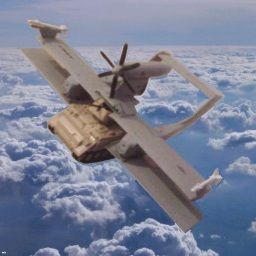

deleted by creator


deleted by creator


Trying to do something different


Incidents of “mass suicide” represent the most tragic example of civilians succumbing to the horrific pressures brought to bear on them during the Battle of Okinawa. Apart from the many who took their own lives individually, there were approximately thirty cases of multiple suicides and family members killing loved ones, with the tragic escalation of panic and fear on Zamami-jima and Tokashiki-jima in late March claiming the lives of and people respectively. The majority of mass suicides occurred early in the battle and either involved direct coercion by the Imperial Japanese Army or their functionaries to prevent civilians being taken captive by the Americans, or indirectly by the fear of capture that had been instilled in civilians through contact with the Army. Many of the Japanese soldiers who had fought in China had told locals of the terrible excesses they had committed during the fighting there and…read more


A Brief History of the BLO
Founded in the early 1990s, the Barbie Liberation Organization was a collective of artists and activists who aimed to challenge societal norms perpetuated by popular culture, particularly through children’s toys. In a watershed moment, they garnered attention by conducting “surgery” on hundreds of Barbie dolls and G.I. Joe action figures. By switching the voice boxes of these toys, they transformed the narratives associated with them, giving voice to unconventional phrases that questioned established gender roles. Teen Talk Barbie, for instance, suddenly asserted “Vengeance is mine,” while G.I. Joe dolls proclaimed “The beach is the place for summer!”
Motivations and Context
The BLO’s actions were driven by a deep-seated desire to challenge the gender stereotypes entrenched in American culture. Their movement was spurred by Mattel’s release of a Barbie doll that infamously said, “Math class is tough.” This incident, taking place during the culture wars of the 1990s, provided the ideal backdrop for the BLO’s rebellion against…read more
There wouldn’t be much of a difference as impurities would already be quite low
In stark contrast to Europe, which enjoyed an abundance of high-quality iron, Japan’s geographical limitations meant that the availability of good iron ore was scarce. Japanese bladesmiths had to work with whatever they could find, which was often of inferior quality. Despite these challenges, the Japanese developed a process to create their own steel, known as tamahagane or jewel steel.
Tamahagane was produced through a labor-intensive method that involved smelting iron sand and charcoal in traditional clay furnaces called tatara. This process required an intricate… read more (there are more weird articles)


deleted by creator
deleted by creator
deleted by creator